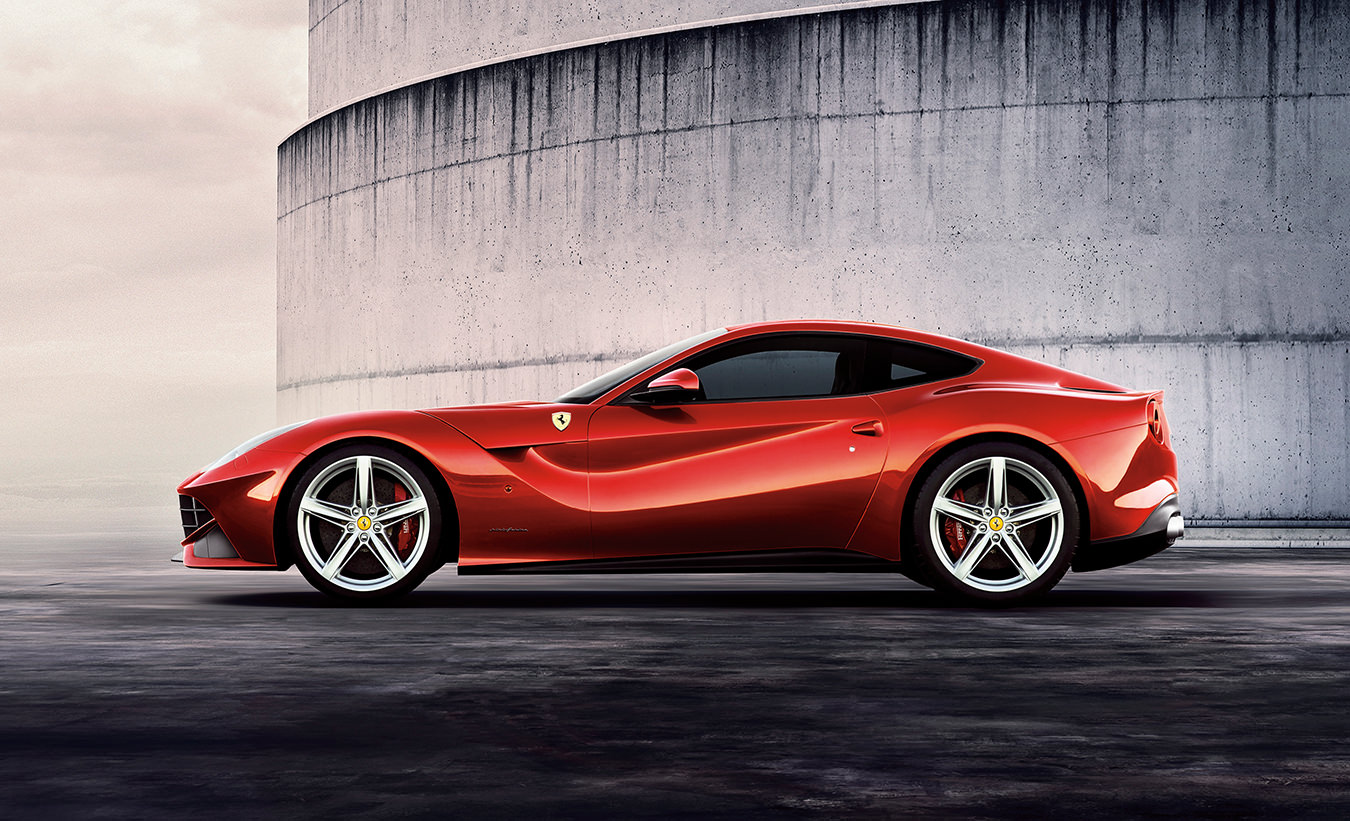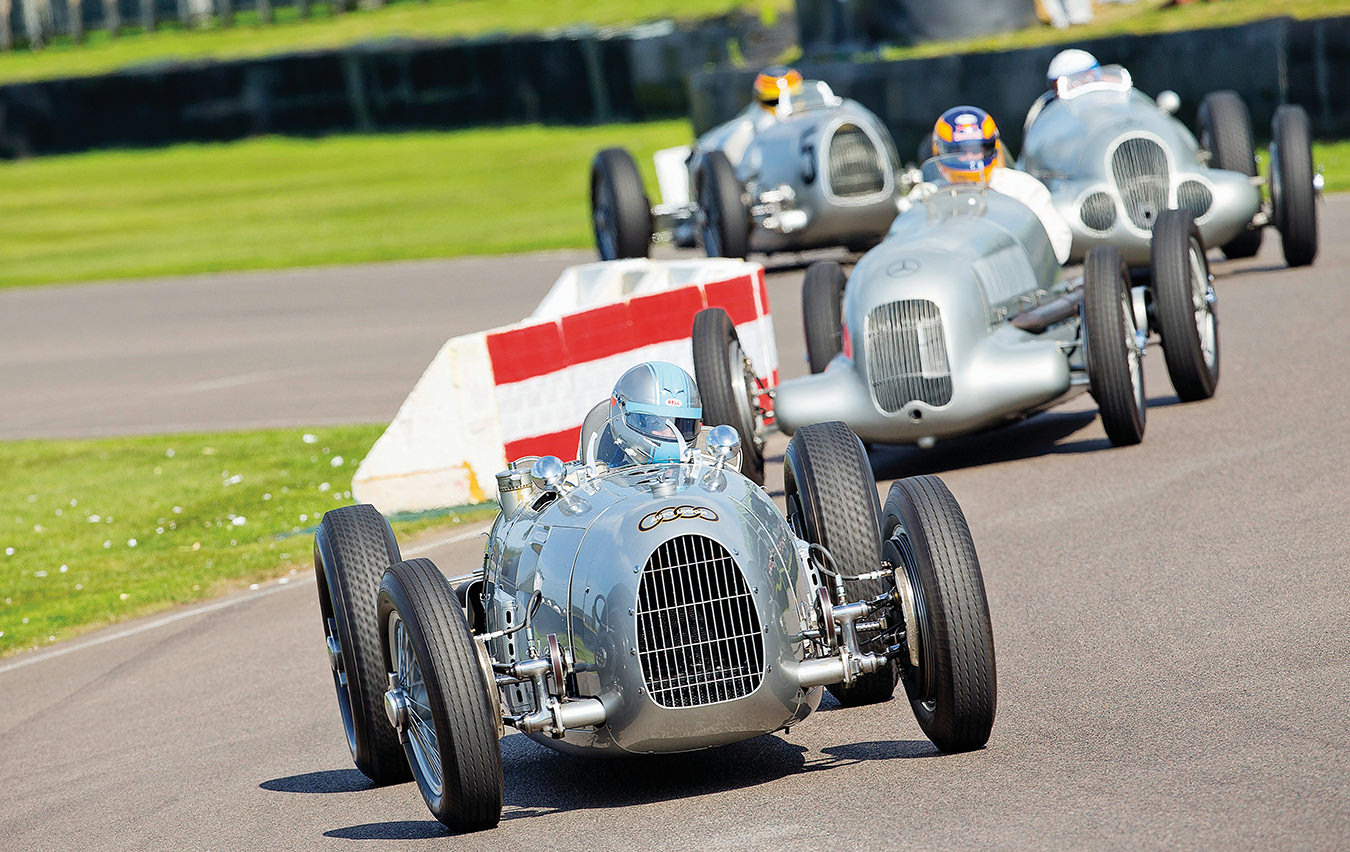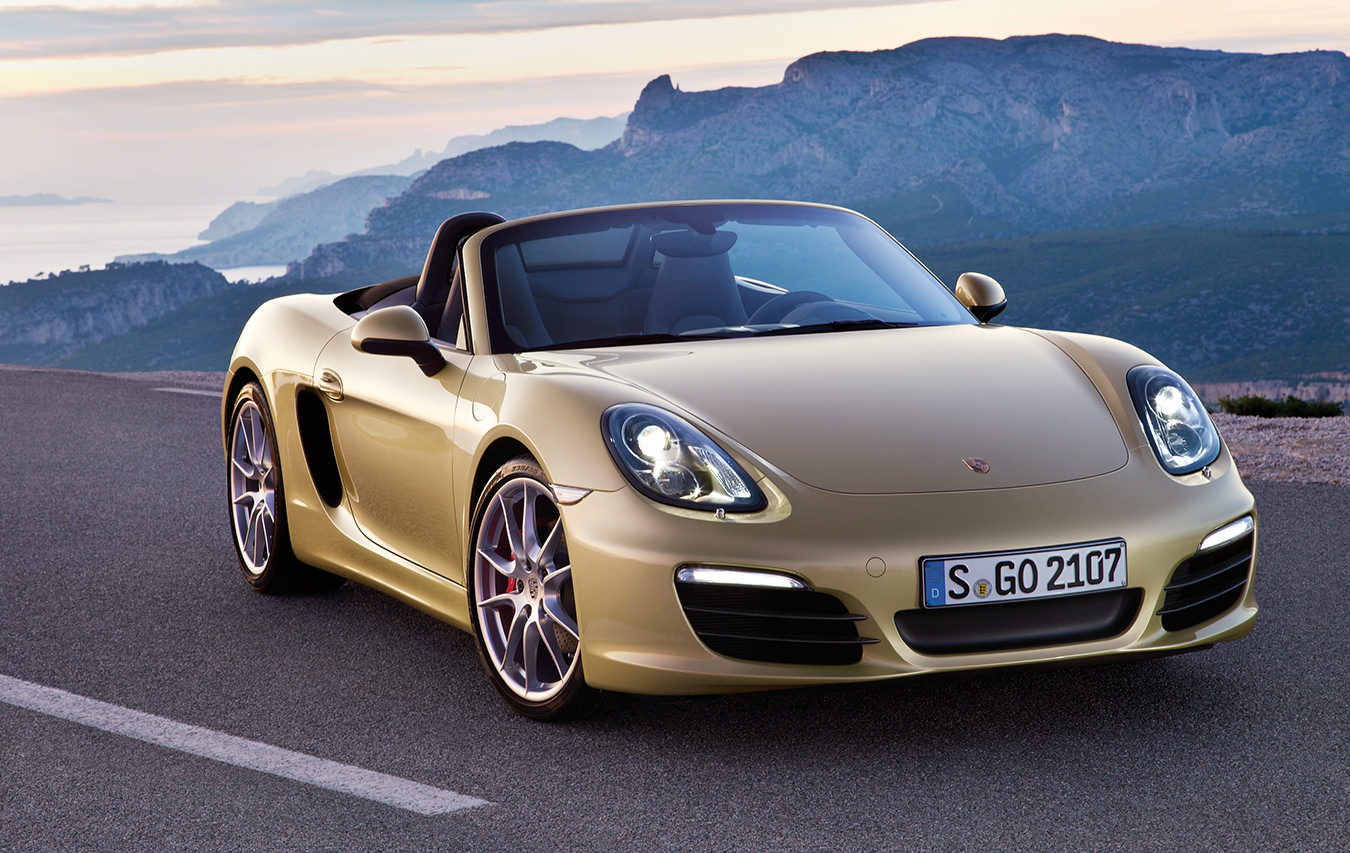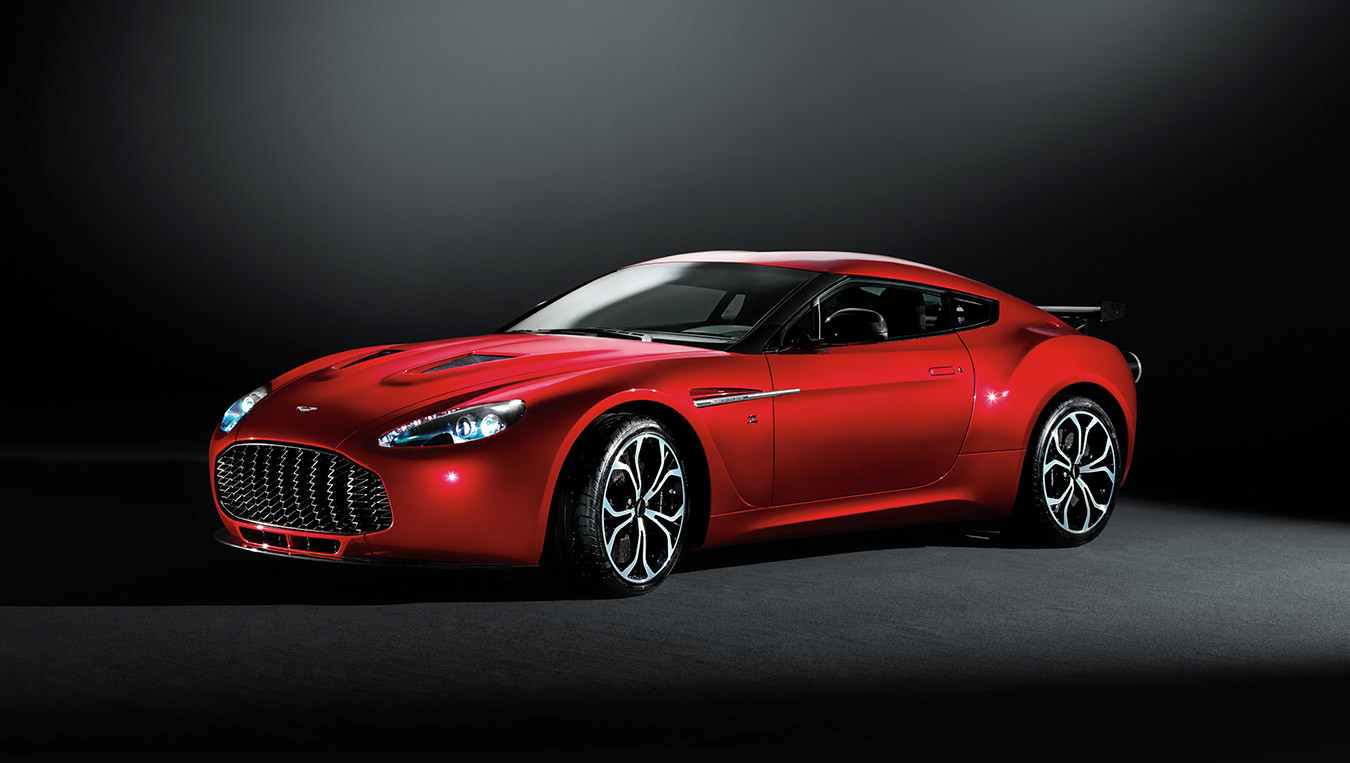The 2024 Porsche 911 Dakar: A Supercar for the Sand

To some, the Porsche 911 Dakar may look like a bit of a poseur. Makes sense. When fitted with the optional Rallye Design Package, complete with racing stripes, roof racks, jerry cans, and catchphrases, it’s easy to see why slings and arrows would be forthcoming.
After all, which luxury downtown condominium dweller in Vancouver, Toronto, or Montreal would ever need extra containers of fuel?
But the 911 Dakar also comes equipped with an authentic motorsport-inspired backstory. In 1984, Porsche secured its first overall victory in the infamous Paris-Dakar Rally—and the car that took the honours was a heavily modified version of the 911, the Porsche 953.
In that race, the team of René Metge and Dominique Lemoyne powered across the Ivory Coast, Guinea, Sierra Leone, and Mauritania aboard the special car, which featured four-wheel drive and a special suspension system to handle the diverse and ever-shifting terrain.
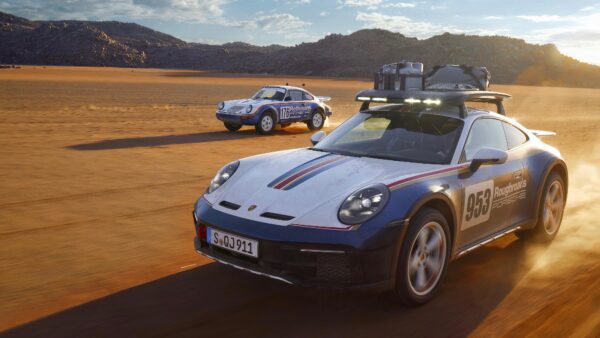
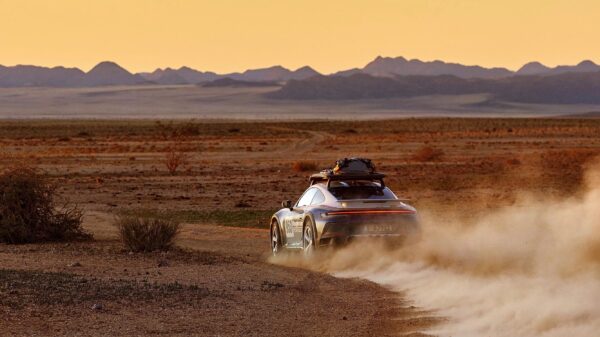
Now, an incredible 40 years later, the German brand has launched a new off-road-ready version of its iconic sportscar, and on paper at least, it looks the business.
Based on the Porsche 911 Carrera 4 GTS, the 911 Dakar is powered by a twin-turbocharged 3.0-litre flat-six engine that creates 473 horsepower and 420 lb-ft of torque. These numbers help ensure a healthy degree of acceleration, regardless of the terrain. The run from 0 to 100 kilometres per hour takes a reported 3.4 seconds but is probably even faster in reality. The transmission is the PDK eight-speed dual-clutch automatic, as quick a shifter as any in the business.
Like the Carrera 4 GTS, the Dakar features an advanced all-wheel-drive system for superior traction in less-than-paved circumstances. The car also features the carmaker’s dynamic chassis control system and active anti-roll bars that adjust to the surface of the road and ensure traction is always at its peak. An advanced traction control system and active torque vectoring are also in the mix; these systems manage the amount of torque sent to each wheel.

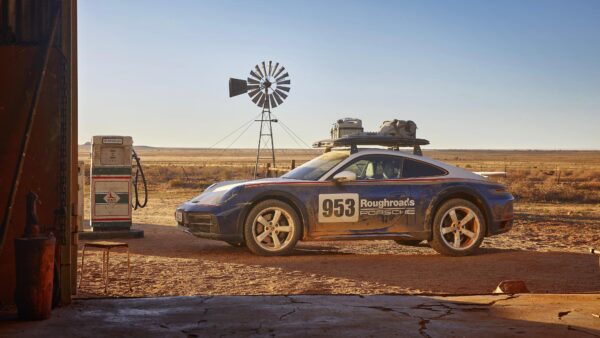
The drive mode selector has five settings, including two that are exclusive to the 911 Dakar—one called Rallye, the other dubbed Off-Road. These additional modes provide more precise control for the driver and adjust the various settings mentioned above.
All of these systems work in harmony to ensure the 911 Dakar remains unstuck in even the trickiest driving conditions—perfect for the average sand dune or, indeed, the typical winter in many parts of this country.
Lastly, the Porsche also has an added 115 millimetres of ground clearance over the Carrara 4 GTS and a suspension system that can rise a further 30 millimetres when called upon to do so. These measures are taken in the name of clearing obstacles—in the road or off the road.
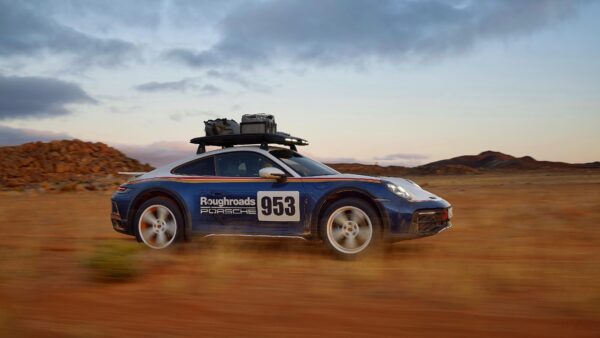
The test drive took place in and around Toronto in early springtime. As luck would have it, the roads were mainly dry—not a snowflake in sight. As a result, the low-traction conditions for which the 911 Dakar was engineered were just not there. Nevertheless, the car is a hoot to drive. Of course, it accelerates like a modern 911—meaning it’s fast in a straight line.
But it’s the superb driving dynamics of the car that really stand out. Even with the raised ride height, special tires, and roof rack filled with paraphernalia, the Porsche 911 Dakar performed like a 911, which is as high praise as can be.

